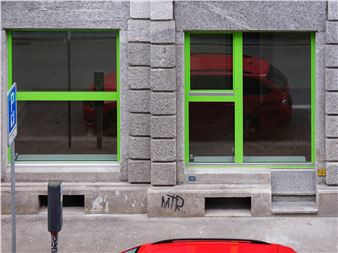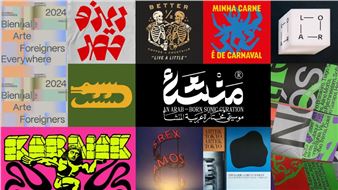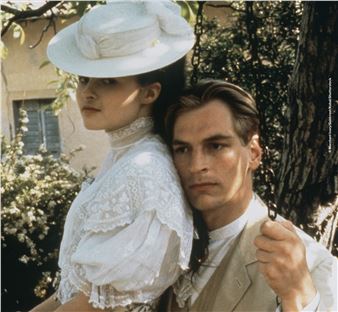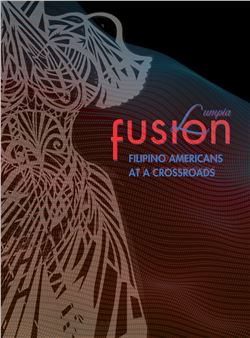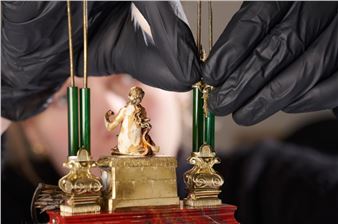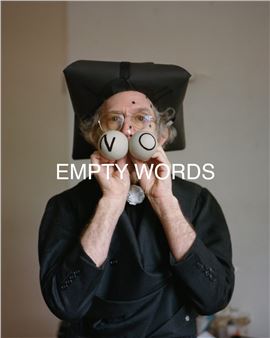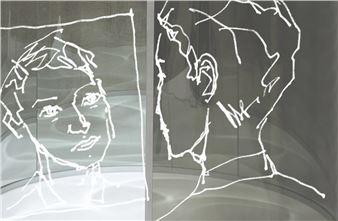EmelвҖҷian Korneev: Grand Tour XXL
Until well into the 19th century, a grand tour of Italy was considered to be the best way to complete an artistвҖҷs education. EmelвҖҷian Mikhailovich Korneev (1780вҖ“1843) chose not to stop at that. He signed up for an expedition where he first traveled the length and breadth of Russia, from St. Petersburg to Siberia, and then through the south-eastern provinces to Crimea. From there, he proceeded to Greece, which at the time was under the sway of the Ottoman Empire, and from there on to Anatolia. He ultimately reached Italy from Corfu and made his way up the country passing through Paestum, Naples and Tivoli to arrive at Venice. On the way, Korneev tirelessly documented vastly differing landscapes and architecture as well as local folklore. A few years after his return to Russia, Korneev embarked on an even more ambitious voyage, an expedition to circumnavigate the globe.
Many of this artistвҖҷs works are now believed to be lost and he is barely known outside Russia today. For this reason, the extensive ensemble of drawings and watercolors in the MГјnchner StadtmuseumвҖҷs Graphics and Painting Collection is all the more significant. Large-format pen-and-ink drawings, works in sepia ink and watercolors all document KorneevвҖҷs art and travels. They are complemented by costume studies from the Von Parish Costume Library and further pieces by KorneevвҖҷs German contemporaries, such as J.G. von Dillis and Franz von Kobell, which place KorneevвҖҷs works on paper in a wider context and offer some fascinating insights into what a Grand Tour to Italy actually meant in GoetheвҖҷs day. They have been selected from the museumвҖҷs own collections and are accompanied by scholarly studies of this outstanding artistic material exhibited to the public for the very first time.

Recommended for you
Until well into the 19th century, a grand tour of Italy was considered to be the best way to complete an artistвҖҷs education. EmelвҖҷian Mikhailovich Korneev (1780вҖ“1843) chose not to stop at that. He signed up for an expedition where he first traveled the length and breadth of Russia, from St. Petersburg to Siberia, and then through the south-eastern provinces to Crimea. From there, he proceeded to Greece, which at the time was under the sway of the Ottoman Empire, and from there on to Anatolia. He ultimately reached Italy from Corfu and made his way up the country passing through Paestum, Naples and Tivoli to arrive at Venice. On the way, Korneev tirelessly documented vastly differing landscapes and architecture as well as local folklore. A few years after his return to Russia, Korneev embarked on an even more ambitious voyage, an expedition to circumnavigate the globe.
Many of this artistвҖҷs works are now believed to be lost and he is barely known outside Russia today. For this reason, the extensive ensemble of drawings and watercolors in the MГјnchner StadtmuseumвҖҷs Graphics and Painting Collection is all the more significant. Large-format pen-and-ink drawings, works in sepia ink and watercolors all document KorneevвҖҷs art and travels. They are complemented by costume studies from the Von Parish Costume Library and further pieces by KorneevвҖҷs German contemporaries, such as J.G. von Dillis and Franz von Kobell, which place KorneevвҖҷs works on paper in a wider context and offer some fascinating insights into what a Grand Tour to Italy actually meant in GoetheвҖҷs day. They have been selected from the museumвҖҷs own collections and are accompanied by scholarly studies of this outstanding artistic material exhibited to the public for the very first time.

 ARTISTS
ARTISTS







